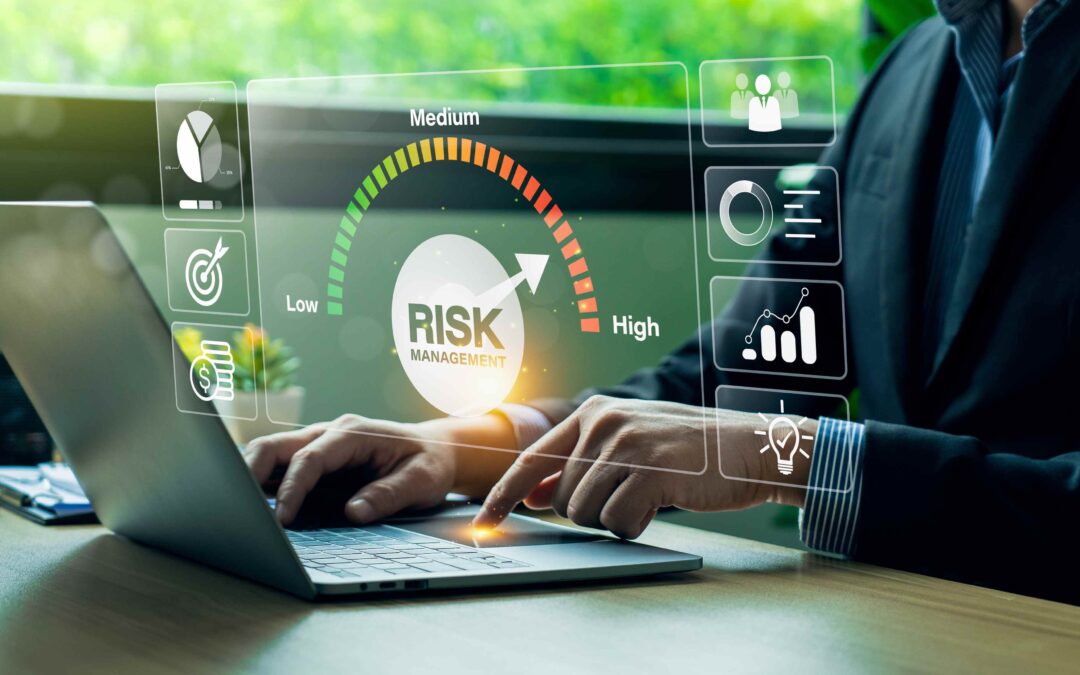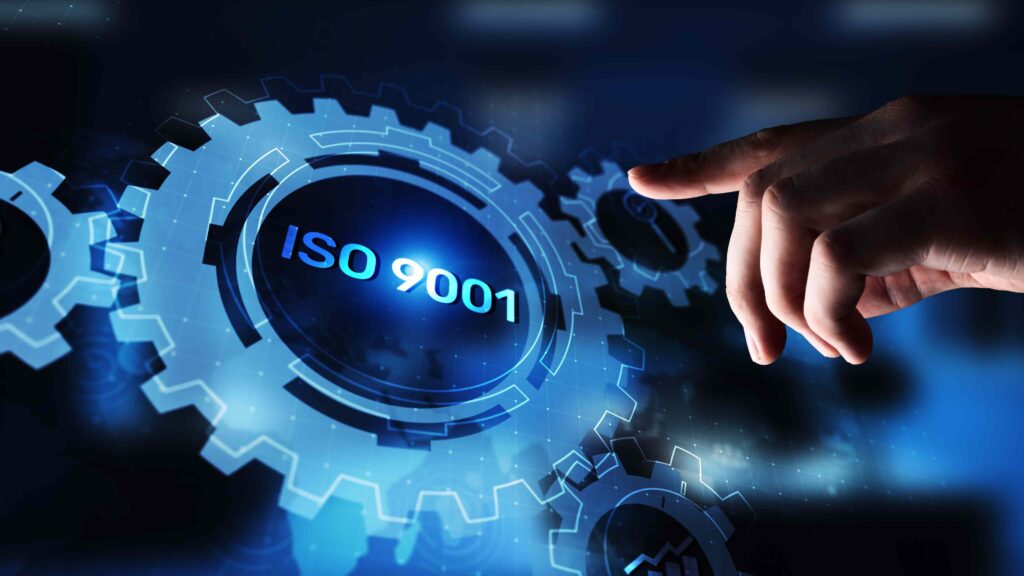The Future of HSEQ What the ISO 9001 and ISO 14001 Revisions Mean for UK and Irish Businesses
What You Really Need to Know
Introduction
In the realm of Health, Safety, Environment, and Quality (HSEQ), standing still is never an option. The global standards that underpin our management systems are constantly evolving to meet new challenges. This year, 2025, marks a pivotal moment as the Draft International Standards (DIS) for both ISO 9001 (Quality Management) and ISO 14001 (Environmental Management) have been released.
With the final publications anticipated in 2026, businesses across the UK and Ireland need to start planning their transition strategy now. This isn’t just about maintaining certification; it’s about ensuring your management systems are robust, relevant, and resilient.
The Drivers of Change Climate and Complexity
The last major updates to these standards were in 2015. Since then, the world has faced unprecedented supply chain disruptions, rapid digital transformation, and, most critically, an escalating climate crisis.
The International Organisation for Standardisation (ISO) has recognised that these factors must be integrated into the core of management systems. A key driver is the ISO London Declaration, a commitment to support climate action through global standards.
This commitment has already materialised in the “Climate Action Amendments,” which are being firmly embedded into the 2026 revisions. These amendments mandate that organisations explicitly consider the effects of climate change on their ability to achieve the intended results of their management systems (and vice-versa).1 The Chartered Quality Institute (CQI) emphasises that this requires a fundamental review of how organisations assess their context (Clause 4).
Key Changes to Expect
While the drafts are still under review by the relevant technical committees (such as ISO/TC 176 for Quality Management), several key themes are emerging for the 2026 updates.
ISO 14001 (Environmental Management):
The update to ISO 14001 strengthens the emphasis on proactive environmental performance rather than mere compliance.2
- Climate Action Integration: As mentioned, this is central. Organisations will need to systematically determine which climate change issues are relevant to their operations and the expectations of their interested parties.
- Lifecycle Perspective: The revision reinforces the need for a full lifecycle perspective when assessing environmental aspects and impacts.
- Value Chain Influence: There is a stronger mandate to control or influence outsourced processes. IEMA (Institute of Environmental Management and Assessment) highlights the growing importance of sustainable supply chains in achieving genuine environmental goals.
ISO 9001 (Quality Management)
ISO 9001 is being tuned up to ensure relevance in a complex, digital global market.
- Customer Focus Reinforcement: The standard is expected to place even greater emphasis on meeting and predicting future customer needs and expectations.
- Management of Change: The revision introduces more structured requirements for managing organisational change, ensuring quality is maintained during transitions.
Data and Knowledge Management: Reflecting the digital age, elements concerning the security, integrity, and management of information within the QMS are being strengthened.
Navigating the Transition
Typically, organisations are given a three-year transition period after the final publication.3 However, delaying action is risky. Standards bodies, such as Ireland’s NSAI (National Standards Authority of Ireland) and the UK’s BSI (British Standards Institution), recommend early preparation.
Furthermore, the accreditation bodies that oversee certification providers the United Kingdom Accreditation Service (UKAS) and the Irish National Accreditation Board (INAB) will enforce the transition deadlines strictly.
Here is how UK and Irish businesses can prepare:
- Conduct a Gap Analysis: Evaluate your current QMS and EMS against the requirements outlined in the DIS.
- Invest in Training: Ensure your HSEQ teams, internal auditors, and senior management understand the implications of the changes.
- Engage Leadership: The success of these standards relies heavily on top management commitment (Clause 5). 4 Start the conversation at the board level now.
The upcoming revisions are an opportunity to refine your processes and demonstrate your commitment to quality and sustainability.
Are you ready to prepare for the 2026 ISO updates? AcornStar provides expert HSEQ Consultancy Services and comprehensive training courses across the UK and Ireland. Contact us today to discuss your transition strategy.

The High Cost of Gravity Why HSENI is Targeting Falls in Construction and Farming
The High Cost of Gravity Why HSENI is Targeting Falls in Construction and Farming What You Really Need to Know In the high-risk industries of construction and agriculture, the most persistent and deadly hazard remains the oldest one: gravity. Despite stringent...

Safety First What the New EU Toy Safety Regulation Means for UK and Irish Businesses
Safety First What the New EU Toy Safety Regulation Means for UK and Irish Businesses What You Really Need to Know Introduction On 13 October 2025, the Council of the EU approved its position on a new Toy Safety Regulation that will replace Directive 2009/48/EC. The...

The AI Revolution in HSEQ What the EU’s “AI Factories” Mean for UK and Irish Businesses
The AI Revolution in HSEQ What the EU’s AI Factories Mean for UK and Irish Businesses What You Really Need to Know Introduction Artificial Intelligence (AI) is rapidly moving from a buzzword to an essential operational tool. A recent announcement from the European...

All-Island Alert Safety Authorities Launch Campaign Targeting Deadly Falls
All-Island Alert Safety Authorities Launch Campaign Targeting Deadly Falls What You Really Need to Know Introduction In a major cross-border initiative, the Health and Safety Authority (HSA) in Ireland and the Health and Safety Executive for Northern Ireland (HSENI)...

The Trojan Horse on Wheels Why a UK Scooter Recall is a Major Safety Warning for Irish Businesses
The Trojan Horse on Wheels. Why a UK Scooter Recall is a Major Irish Safety Warning What You Really Need to Know Lessons from a Critical Electrical Safety Failure In the world of workplace safety, the most serious threats often arrive in the most unassuming packages....

A Shock to the System Why the Anker Recall is an Urgent Electrical Safety Warning for Every Irish Business
Fire Hazard Anker Power Bank Recall is a Workplace Wake Up Call What You Really Need to Know The Shocking Truth About Power Bank Hazards In the world of tech accessories, few names are as recognised and trusted as Anker. That is why the recent major recall of their...

Ireland’s New Emergency Network Is Your Lone Worker Safety Plan Still Fit for Purpose?
National Safety Boost Irish Government Launches New Emergency System What You Really Need to Know Enhancing Emergency Services Response Across Ireland In a major step forward for national safety, the Irish Government has announced the launch of a new, state-of-the-art...

The Human Cost of Tech Is Your Irish Workplace Ready for the EU’s Digital Safety Focus?
What EU-OSHA's Seminar Means for Human Factors in Digital Workplaces. What You Really Need to Know Introduction On October 10th, 2025, Europe’s top safety experts will gather for a crucial online seminar hosted by the European Agency for Safety and Health at...

Beyond the Award Are You a ‘Leading Light’ in Driving for Work Safety?
Why the EPA’s 2025 Air Quality Report is a Wake-Up Call for Irish Businesses What You Really Need to Know Introduction Every year, the Road Safety Authority (RSA) shines a spotlight on the individuals, communities, and organisations making a real difference on our...
URGENT New Irish Safety Laws for Manual Handling & Work at Height Effective November 1st
Why the EPA’s 2025 Air Quality Report is a Wake-Up Call for Irish Businesses What You Really Need to Know Introduction In a significant development for workplace safety in Ireland, Minister of State Alan Dillon has signed major new regulations into law, updating the...





